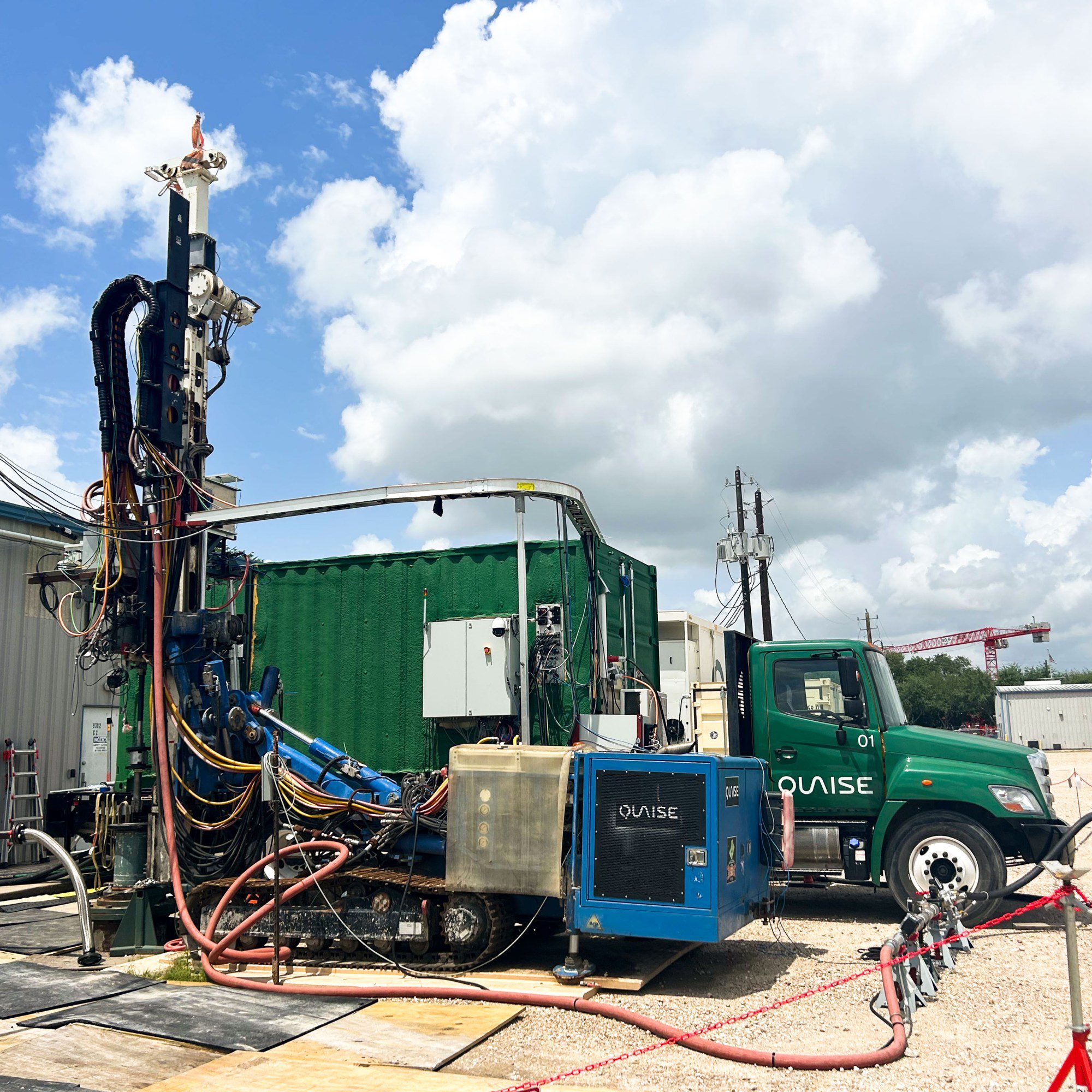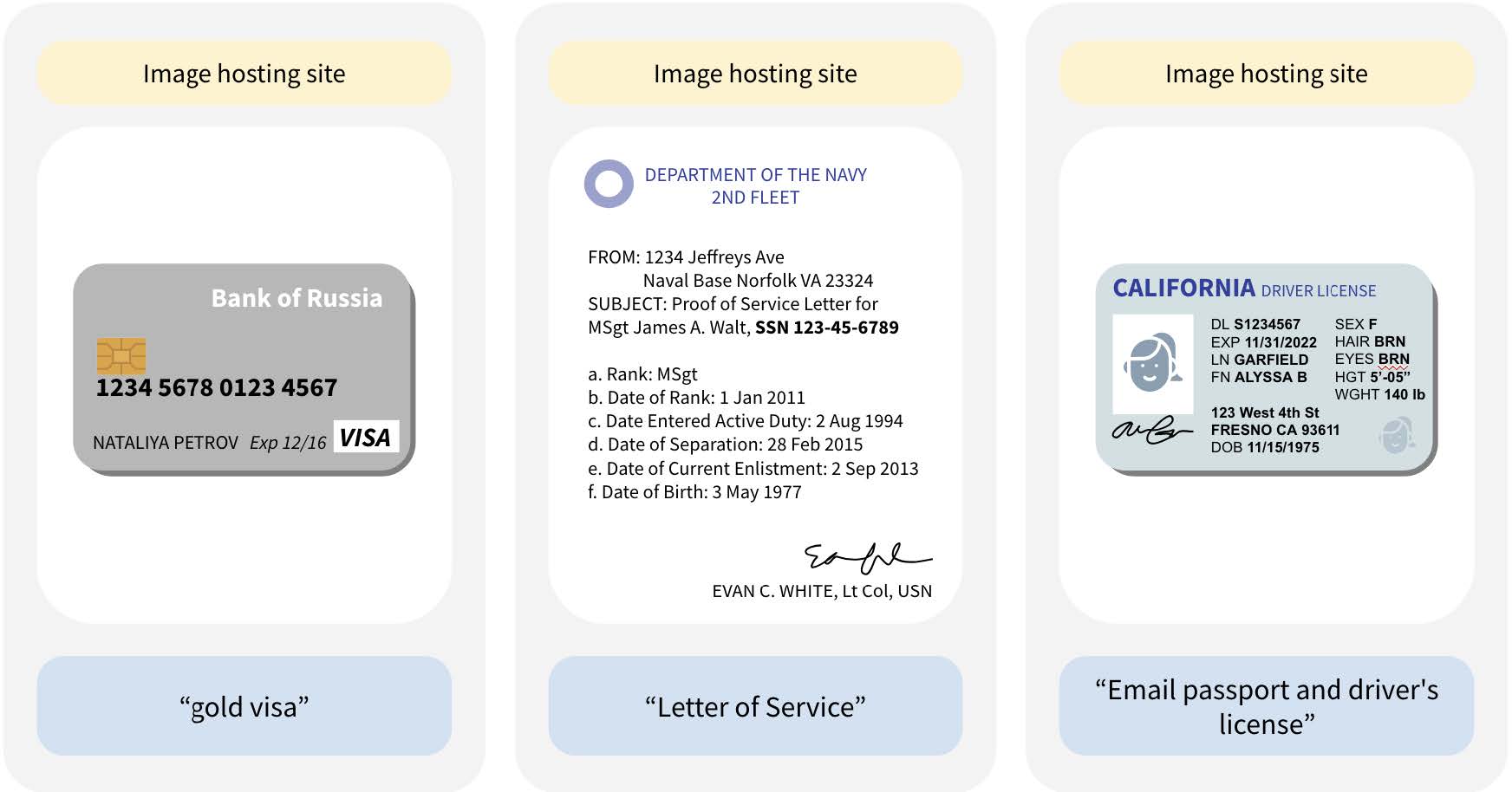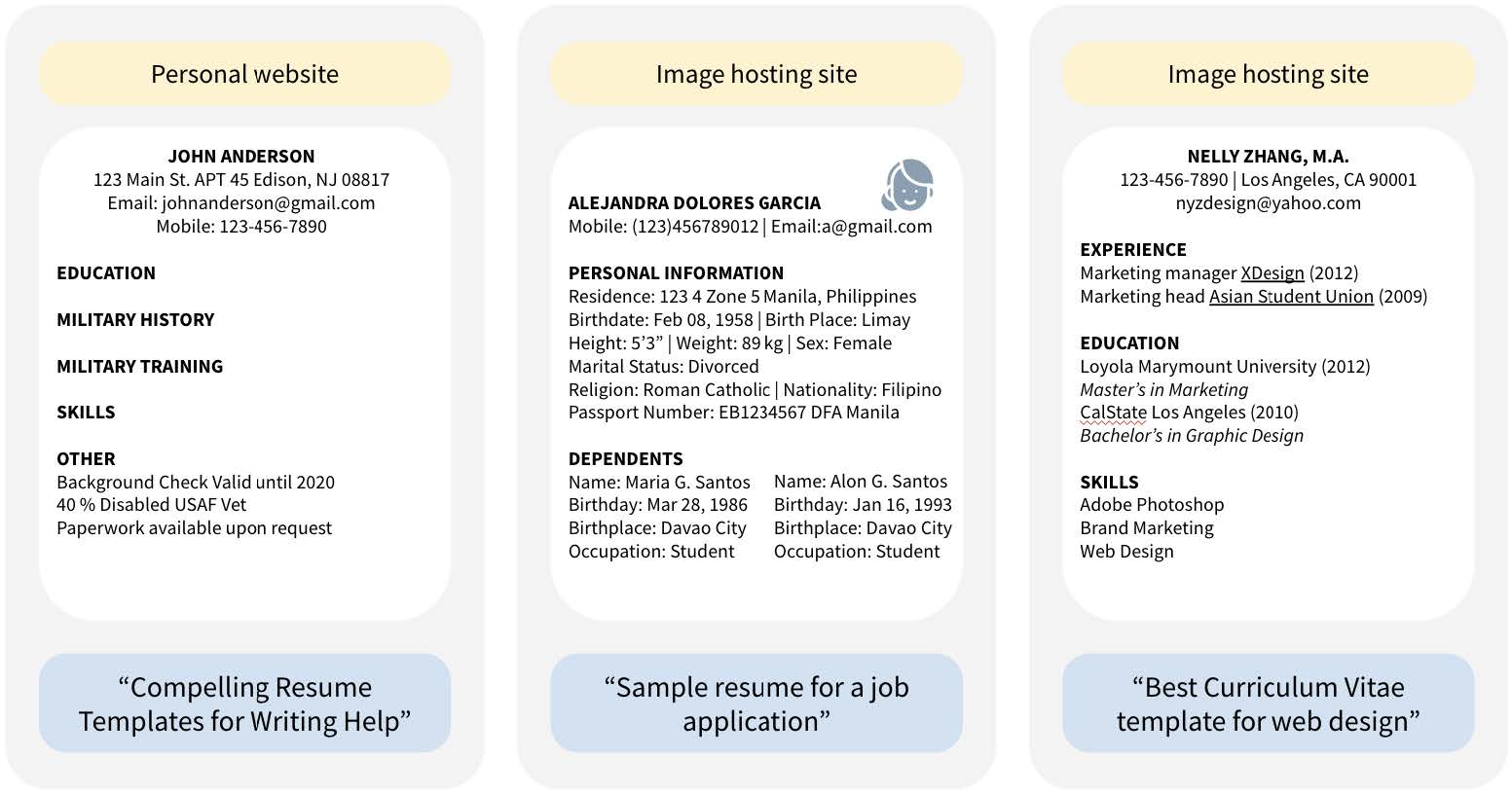Trump’s AI Action Plan is a distraction
On Wednesday, President Trump issued three executive orders, delivered a speech, and released an action plan, all on the topic of continuing American leadership in AI.
The plan contains dozens of proposed actions, grouped into three “pillars”: accelerating innovation, building infrastructure, and leading international diplomacy and security. Some of its recommendations are thoughtful even if incremental, some clearly serve ideological ends, and many enrich big tech companies, but the plan is just a set of recommended actions.
The three executive orders, on the other hand, actually operationalize one subset of actions from each pillar:
- One aims to prevent “woke AI” by mandating that the federal government procure only large language models deemed “truth-seeking” and “ideologically neutral” rather than ones allegedly favoring DEI. This action purportedly accelerates AI innovation.
- A second aims to accelerate construction of AI data centers. A much more industry-friendly version of an order issued under President Biden, it makes available rather extreme policy levers, like effectively waiving a broad swath of environmental protections, providing government grants to the wealthiest companies in the world, and even offering federal land for private data centers.
- A third promotes and finances the export of US AI technologies and infrastructure, aiming to secure American diplomatic leadership and reduce international dependence on AI systems from adversarial countries.
This flurry of actions made for glitzy press moments, including an hour-long speech from the president and onstage signings. But while the tech industry cheered these announcements (which will swell their coffers), they obscured the fact that the administration is currently decimating the very policies that enabled America to become the world leader in AI in the first place.
To maintain America’s leadership in AI, you have to understand what produced it. Here are four specific long-standing public policies that helped the US achieve this leadership—advantages that the administration is undermining.
Investing federal funding in R&D
Generative AI products released recently by American companies, like ChatGPT, were developed with industry-funded research and development. But the R&D that enables today’s AI was actually funded in large part by federal government agencies—like the Defense Department, the National Science Foundation, NASA, and the National Institutes of Health—starting in the 1950s. This includes the first successful AI program in 1956, the first chatbot in 1961, and the first expert systems for doctors in the 1970s, along with breakthroughs in machine learning, neural networks, backpropagation, computer vision, and natural-language processing.
American tax dollars also funded advances in hardware, communications networks, and other technologies underlying AI systems. Public research funding undergirded the development of lithium-ion batteries, micro hard drives, LCD screens, GPS, radio-frequency signal compression, and more in today’s smartphones, along with the chips used in AI data centers, and even the internet itself.
Instead of building on this world-class research history, the Trump administration is slashing R&D funding, firing federal scientists, and squeezing leading research universities. This week’s action plan recommends investing in R&D, but the administration’s actual budget proposes cutting nondefense R&D by 36%. It also proposed actions to better coordinate and guide federal R&D, but coordination won’t yield more funding.
Some say that companies’ R&D investments will make up the difference. However, companies conduct research that benefits their bottom line, not necessarily the national interest. Public investment allows broad scientific inquiry, including basic research that lacks immediate commercial applications but sometimes ends up opening massive markets years or decades later. That’s what happened with today’s AI industry.
Supporting immigration and immigrants
Beyond public R&D investment, America has long attracted the world’s best researchers and innovators.
Today’s generative AI is based on the transformer model (the T in ChatGPT), first described by a team at Google in 2017. Six of the eight researchers on that team were born outside the US, and the other two are children of immigrants.
This isn’t an exception. Immigrants have been central to American leadership in AI. Of the 42 American companies included in the 2025 Forbes ranking of the 50 top AI startups, 60% have at least one immigrant cofounder, according to an analysis by the Institute for Progress. Immigrants also cofounded or head the companies at the center of the AI ecosystem: OpenAI, Anthropic, Google, Microsoft, Nvidia, Intel, and AMD.
“Brain drain” is a term that was first coined to describe scientists’ leaving other countries for the US after World War II—to the Americans’ benefit. Sadly, the trend has begun reversing this year. Recent studies suggest that the US is already losing its AI talent edge through the administration’s anti-immigration actions (including actions taken against AI researchers) and cuts to R&D funding.
Banning noncompetes
Attracting talented minds is only half the equation; giving them freedom to innovate is just as crucial.
Silicon Valley got its name because of mid-20th–century companies that made semiconductors from silicon, starting with the founding of Shockley Semiconductor in 1955. Two years later, a group of employees, the “Traitorous Eight,” quit to launch a competitor, Fairchild Semiconductor. By the end of the 1960s, successive groups of former Fairchild employees had left to start Intel, AMD, and others collectively dubbed the “Fairchildren.”
Software and internet companies eventually followed, again founded by people who had worked for their predecessors. In the 1990s, former Yahoo employees founded WhatsApp, Slack, and Cloudera; the “PayPal Mafia” created LinkedIn, YouTube, and fintech firms like Affirm. Former Google employees have launched more than 1,200 companies, including Instagram and Foursquare.
AI is no different. OpenAI has founders that worked at other tech companies and alumni who have gone on to launch over a dozen AI startups, including notable ones like Anthropic and Perplexity.
This labor fluidity and the innovation it has created were possible in large part, according to many historians, because California’s 1872 constitution has been interpreted to prohibit noncompete agreements in employment contracts—a statewide protection the state originally shared only with North Dakota and Oklahoma. These agreements bind one in five American workers.
Last year, the Federal Trade Commission under President Biden moved to ban noncompetes nationwide, but a Trump-appointed federal judge has halted the action. The current FTC has signaled limited support for the ban and may be comfortable dropping it. If noncompetes persist, American AI innovation, especially outside California, will be limited.
Pursuing antitrust actions
One of this week’s announcements requires the review of FTC investigations and settlements that “burden AI innovation.” During the last administration the agency was reportedly investigating Microsoft’s AI actions, and several big tech companies have settlements that their lawyers surely see as burdensome, meaning this one action could thwart recent progress in antitrust policy. That’s an issue because, in addition to the labor fluidity achieved by banning noncompetes, antitrust policy has also acted as a key lubricant to the gears of Silicon Valley innovation.
Major antitrust cases in the second half of the 1900s, against AT&T, IBM, and Microsoft, allowed innovation and a flourishing market for semiconductors, software, and internet companies, as the antitrust scholar Giovanna Massarotto has described.
William Shockley was able to start the first semiconductor company in Silicon Valley only because AT&T had been forced to license its patent on the transistor as part of a consent decree resolving a DOJ antitrust lawsuit against the company in the 1950s.
The early software market then took off because in the late 1960s, IBM unbundled its software and hardware offerings as a response to antitrust pressure from the federal government. As Massarotto explains, the 1950s AT&T consent decree also aided the flourishing of open-source software, which plays a major role in today’s technology ecosystem, including the operating systems for mobile phones and cloud computing servers.
Meanwhile, many attribute the success of early 2000s internet companies like Google to the competitive breathing room created by the federal government’s antitrust lawsuit against Microsoft in the 1990s.
Over and over, antitrust actions targeting the dominant actors of one era enabled the formation of the next. And today, big tech is stifling the AI market. While antitrust advocates were rightly optimistic about this administration’s posture given key appointments early on, this week’s announcements should dampen that excitement.
I don’t want to lose focus on where things are: We should want a future in which lives are improved by the positive uses of AI.
But if America wants to continue leading the world in this technology, we must invest in what made us leaders in the first place: bold public research, open doors for global talent, and fair competition.
Prioritizing short-term industry profits over these bedrock principles won’t just put our technological future at risk—it will jeopardize America’s role as the world’s innovation superpower.
Asad Ramzanali is the director of artificial intelligence and technology policy at the Vanderbilt Policy Accelerator. He previously served as the chief of staff and deputy director of strategy of the White House Office of Science and Technology Policy under President Biden.




